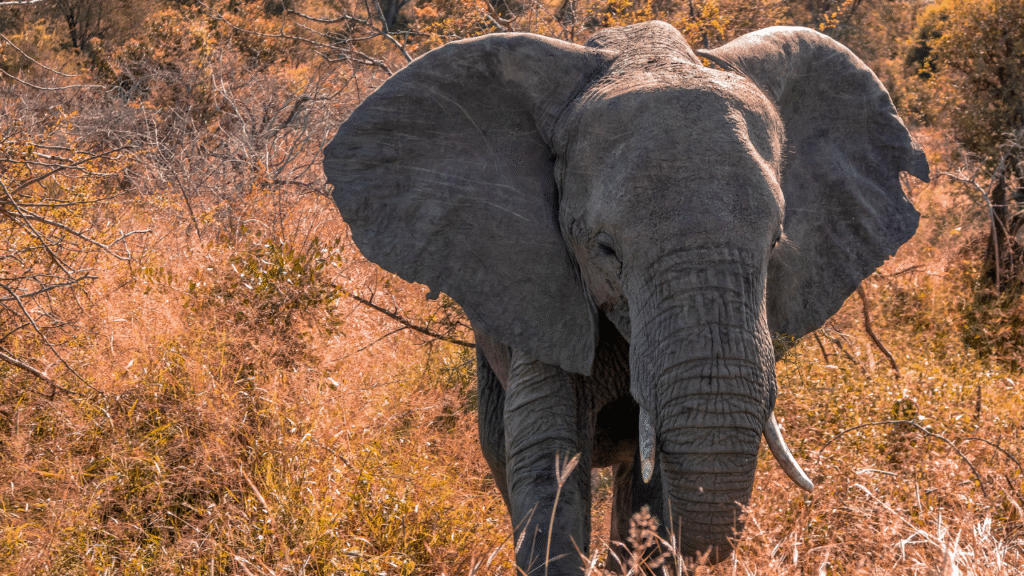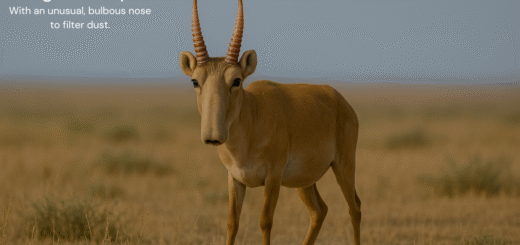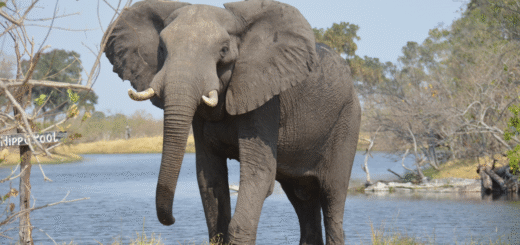Why Elephants Migrate: Understanding Their Movement Patterns and Natural Instincts
Elephants, the gentle giants of the wild, are not only known for their intelligence and memory but also for their incredible movement across vast landscapes. One of the most fascinating aspects of their behavior is migration—a journey driven by survival instincts, food, water, and safety. But why exactly do elephants migrate, and how do these patterns shape their lives?

What Is Elephant Migration?
Migration in elephants refers to the seasonal or long-distance movement of herds in search of resources. Unlike some animals that follow rigid paths, elephants display flexible yet instinctive routes depending on environmental conditions.
There are two main species involved in migration:
- African elephants (both savannah and forest types)
- Asian elephants
Each species has unique movement habits based on habitat and geography.
Reasons Why Elephants Migrate
1. Searching for Water
Water is essential for elephants. An adult elephant can drink up to 200 liters of water per day. During dry seasons, waterholes dry up, forcing herds to move to riverbanks, lakes, or wetter regions. These routes are often passed down through generations.
2. Foraging for Food
Elephants consume up to 150 kg of vegetation daily, including grass, leaves, bark, and fruit. When food becomes scarce, especially after overgrazing or seasonal changes, elephants travel miles to access more abundant feeding grounds.
3. Escaping Harsh Weather
In areas with intense dry seasons or monsoons, elephants migrate to more temperate zones to avoid heat stress, dehydration, or flooding. This is especially common in regions like East Africa or Southeast Asia.
4. Avoiding Human Conflict
With increasing habitat fragmentation and human development, elephants often move to less disturbed areas to reduce encounters with farms or urban zones, especially where human-elephant conflict is high.
5. Breeding and Calving Grounds
Some elephant herds migrate to safer regions that are ideal for giving birth and raising calves, free from predators or poaching threats.
How Do Elephants Navigate?
Elephants have an extraordinary spatial memory. Matriarchs (the oldest females leading the herd) remember paths taken years ago, water sources, and safe zones. They communicate through low-frequency sounds, vibrations, and even foot stomps to coordinate movements across large distances.
Common Migration Routes
- East Africa (Tanzania & Kenya): Between Tarangire and Serengeti ecosystems.
- Southern Africa (Botswana & Namibia): Between Chobe River, Okavango Delta, and Etosha.
- South Asia (India & Sri Lanka): Along ancient forest corridors in the Western Ghats or northeast regions.
These paths are now threatened by roads, railways, and urban expansion, cutting elephants off from essential resources.
Conservation Implications
Protecting elephant migration routes is crucial for their survival. Conservationists now focus on:
- Wildlife corridors that reconnect fragmented habitats
- Community-based conservation to reduce conflict
- Protected reserves along known elephant paths
If migration routes are blocked, elephants may die of thirst, raid farmlands, or face increased poaching.
Conclusion
Elephant migration is a breathtaking display of nature’s rhythm—deeply rooted in instinct, memory, and survival. By understanding why elephants migrate and respecting their need for space, we take a vital step toward preserving one of the world’s most magnificent creatures.
Let’s not just admire elephants from afar—let’s ensure their paths remain open for generations to come.








